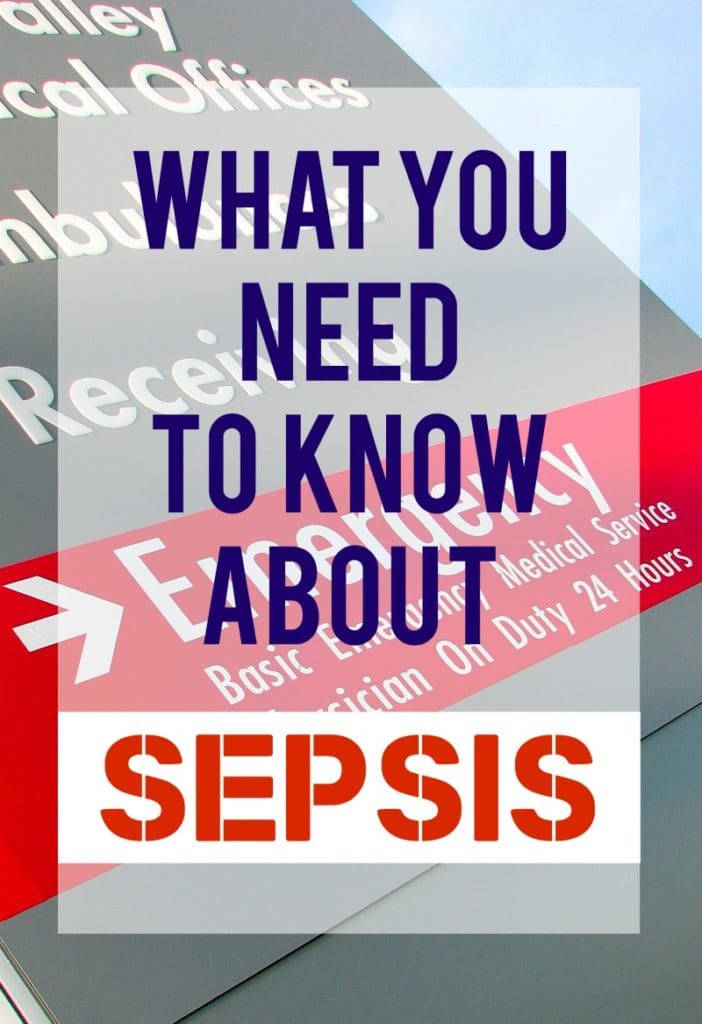This is a post prepared under a contract funded by the Centers for Disease Control and Prevention (CDC) and written on behalf of the Mom It Forward Influencer Network for use in CDC’s Get Ahead of Sepsis educational effort. Opinions on this blog are my own and do not necessarily reflect the views of CDC.
I just heard an alarming statistic: Only 55% of Americans have heard of sepsis.
Are you one of these individuals? Knowing about sepsis and its signs and symptoms could save you or a loved one’s life!
I first became aware of sepsis when a family member got an infection— I want to say it started as a urinary tract or kidney infection. They went to the hospital to be treated and ultimately found out the infection progressed to sepsis.
It was then that I learned everything I now know about sepsis. Sepsis is scary because it’s life-threatening— I never knew how many people got sepsis and died from it. The reality is that one in three patients who die in a hospital have sepsis, killing at least 250,000 Americans yearly. It’s a diagnosis you never want to hear!
Knowing the Facts About Sepsis Could Save You or a Loved One’s Life
Sepsis happens when an infection you already have—in your skin, lungs, urinary tract or somewhere else—triggers a chain reaction throughout your body.
Anyone can get an infection, and almost any infection can lead to sepsis.
Adults 65 or older, people with chronic conditions, such as diabetes, lung disease, cancer, and kidney disease, children younger than one, and anyone with a weakened immune system are at a higher risk.
Knowing the signs and symptoms of sepsis is your most powerful tool for getting effective treatment quickly. Remember, sepsis is life-threatening, and without treatment, sepsis can rapidly cause tissue damage, organ failure, and death.
Sepsis signs and symptoms can include one or a combination of the following:
- Confusion or disorientation
- Shortness of breath
- High heart rate
- Fever, or shivering, or feeling very cold
- Extreme pain or discomfort
- Clammy or sweaty skin
In addition to knowing the signs and symptoms of sepsis, you can get ahead of sepsis by practicing good hygiene, such as handwashing (We use Hibiclens because its a medical grade antimicrobial hand soap), and keeping cuts clean and covered until healed.
You should also talk to your doctor or nurse about steps you can take to prevent infections, including taking good care of chronic conditions and getting recommended vaccines.
Sepsis is a medical emergency. If you or your loved one suspect sepsis or has an infection that's not getting better or is getting worse, ask your doctor or nurse, "Could this infection be leading to sepsis?"
To learn more about sepsis and how to prevent infections, visit www.cdc.gov/sepsis.
For more information about antibiotic prescribing and use, visit www.cdc.gov/antibiotic-use.








Leave a Reply